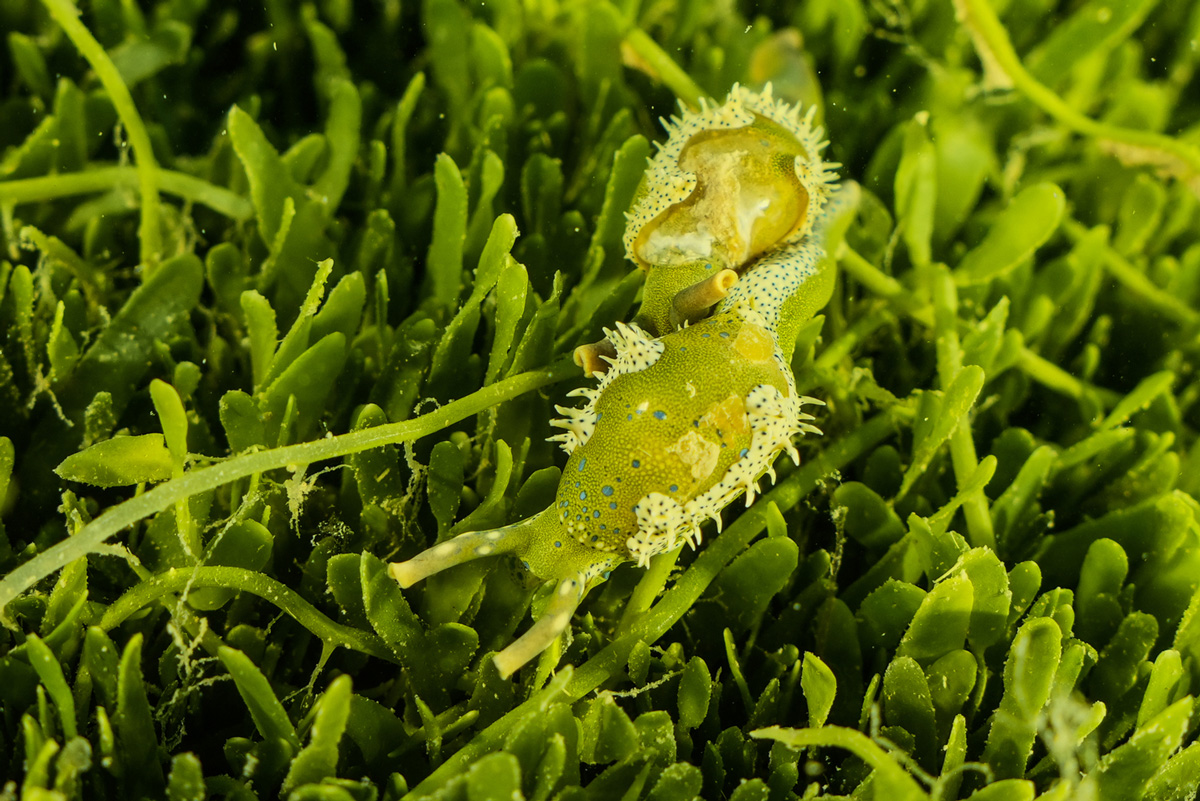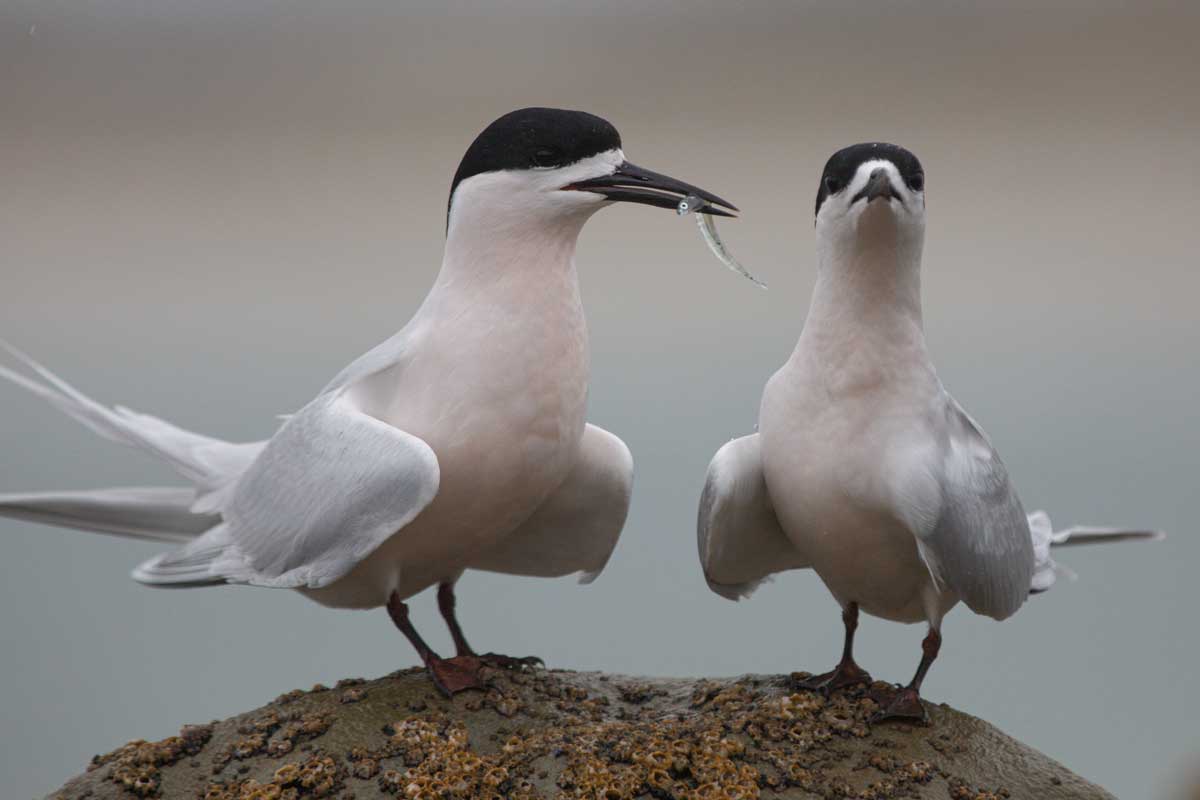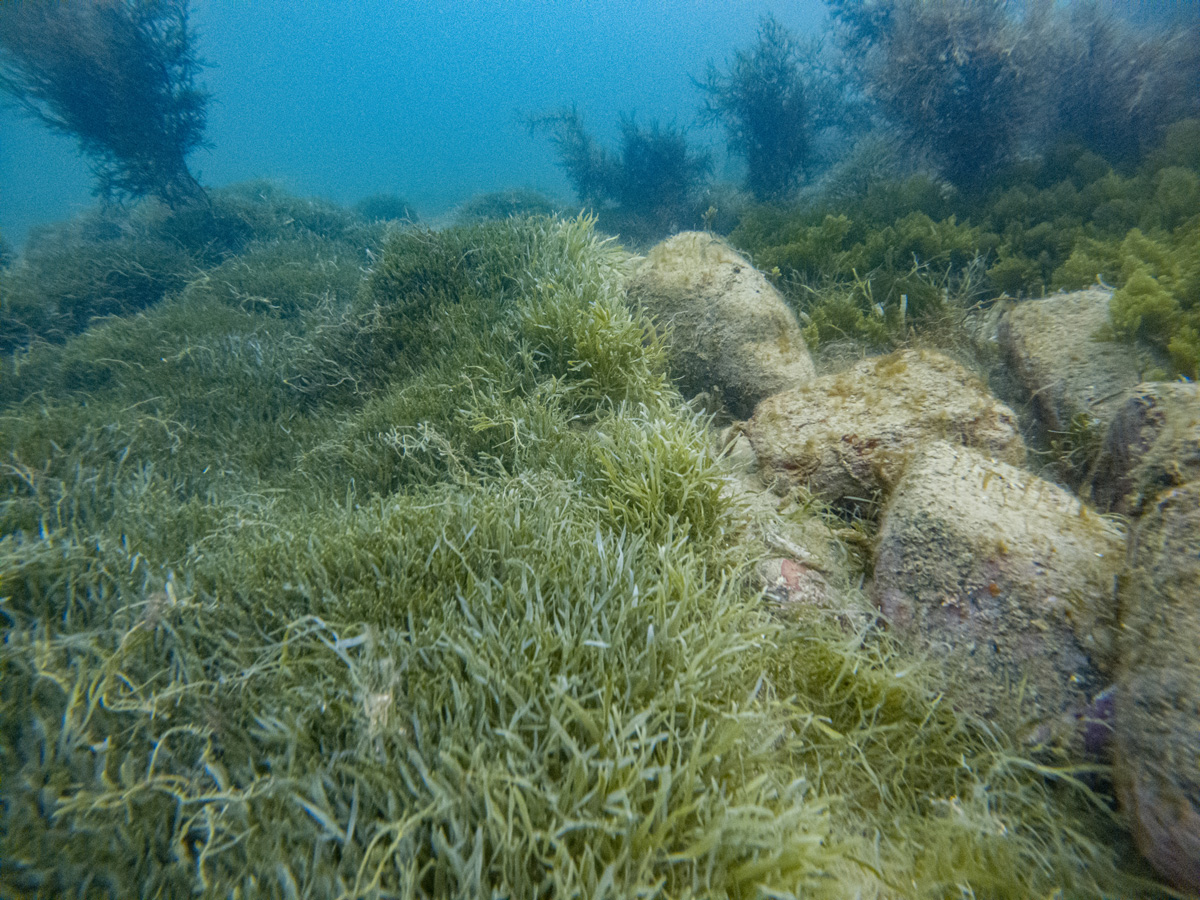Exotic Caulerpa is smothering marine ecosystems in the Hauraki Gulf. While scientists are diligently working on technology to eradicate this pest, a surprising discovery has been made – a new species of snail nestled within the Caulerpa.
The scientists were working with samples from Aotea / Great Barrier Island in a biosecure laboratory when student Aven Zhuang discovered the snail within the Caulerpa.
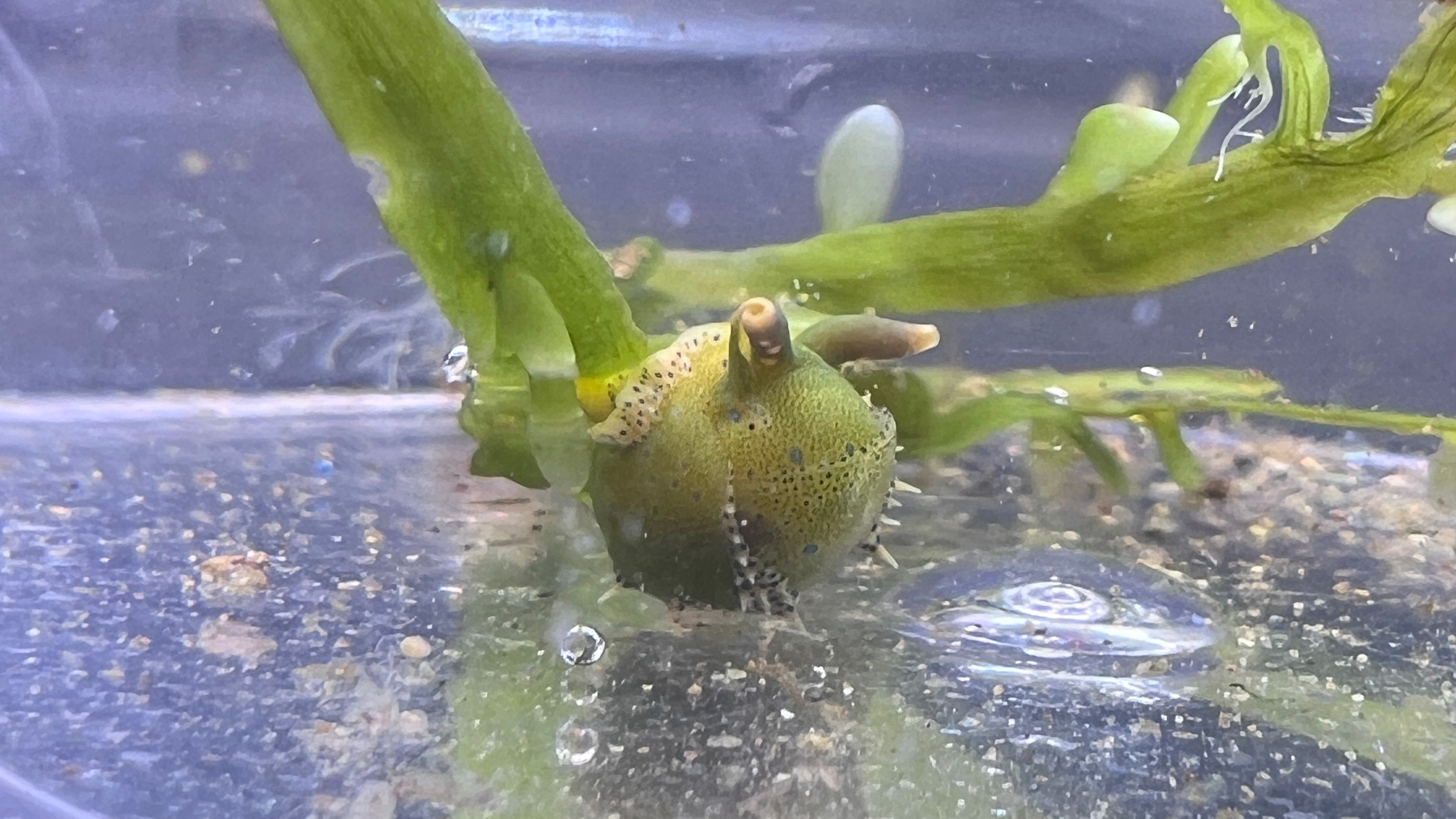
Adding to the intrigue, a similar snail has recently been found in the Te Rāwhiti Inlet in the Bay of Islands Caulerpa infestation. This suggests that the snail species may have arrived from overseas, hitching a ride with the invasive seaweed. The snail is small and fragile, it’s likely they arrived as egg cases attached to exotic Caulerpa but could also have self introduced as larvae.
The small snail looks different to our native species, which is regularly seen on our non-smothering native Caluerpa algae.
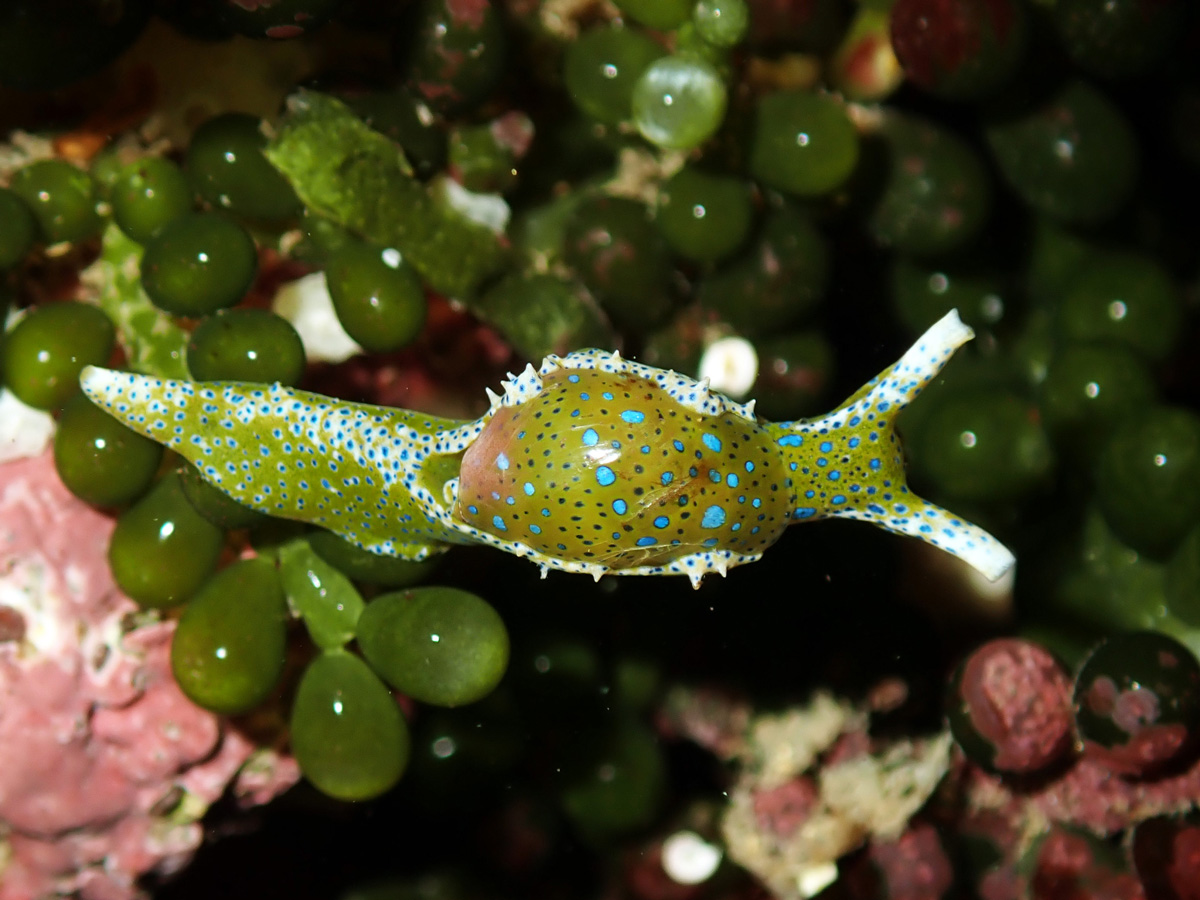
This finding raises more questions about exotic Caulerpa’s impact on local ecosystems. University of Auckland Professor Andrew Jeffs is particularly interested in understanding the snail’s relationship with exotic Caulerpa and how it may interact with native species. The discovery comes three years after exotic Caulerpa was found in New Zealand and highlights the need for more vigilant monitoring of marine environments.
The snail has been sent to Te Papa for official classification. Taxonomists at NIWA are interested in more photos of the snails, which can be posted on iNaturalist.nz as Oxynoe.


